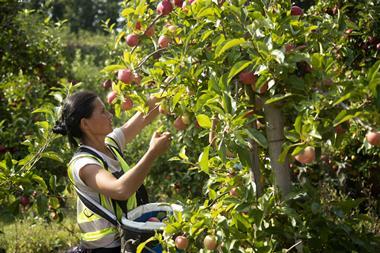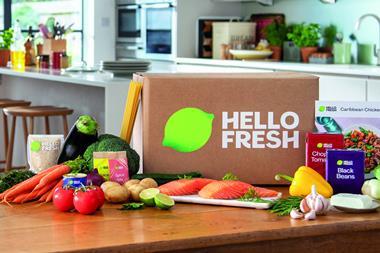
Against a backdrop of sweeping structural changes within the UK grocery industry, suppliers’ commercial teams are still shockingly traditional, David Sables, CEO of Sentinel Management Consultants, wrote in The Grocer last year.
“The average national account manager (NAM) these days spends 80% of their time on forecasting and booking promotions,” he wrote. “Both tasks can and will be done better by computers.”
Recruitment teams, meanwhile, continue to neglect the need for smart analysts to dig into the details of the data, or trade marketers to use those insights to increase demand and grow a suppliers’ presence in a category, he added. It is in large part due to an ongoing reliance on “dusty, out-of-date job descriptions” that leave the structure of commercial teams ultimately stuck in the past.

Are his comments fair? For Emilie Gregson, founder and director of Signature Career Management – specialists in fmcg recruitment – it’s a mixed bag. On the one hand, she says, “we’ve not seen any new shopper or trade marketing roles added to the structure [of commercial teams] and in fact, it’s an area which is often under-invested in.”
But at the same time “what we have seen is an increase in headcount and/or the creation of revenue growth management and market strategy & planning roles,” she adds.
“We have seen this evolve over the last 18 months to two years, and there has been a real increase in recruitment here, building out teams in the last six months, which is definitely a move to support data-driven buying decisions in retail,” says Gregson.
More broadly, suppliers – the more forward-thinking ones, at least – are emphasising the need for data literacy, even in the more traditional NAM role.
“A NAM needs to be data literate and be able to interpret category data and draw conclusions,” says Gregson. “The smaller the supplier, the more important this is, given there will likely be less support from category managers. Buyers are craving more data and suppliers need to support this.”
This doesn’t only concern sales and customer data either. There is also increasing pressure on suppliers to provide retail customers with complex, integrated and even live data on their supply chain, concerning provenance, production and shipping times.
Topics
The growing chasm between supermarkets and suppliers in grocery’s data race
- 1
- 2
 Currently reading
Currently readingHow traditional supplier commercial teams went stale
















No comments yet